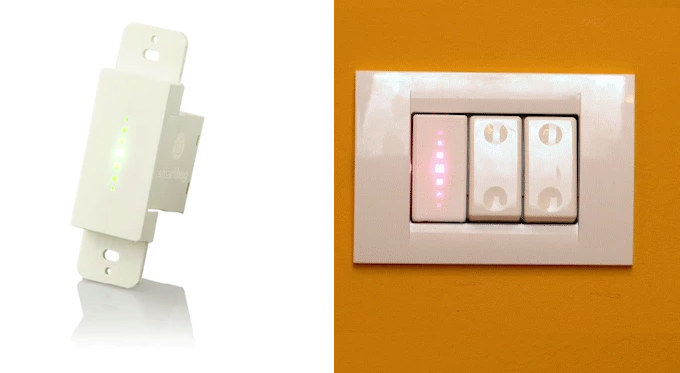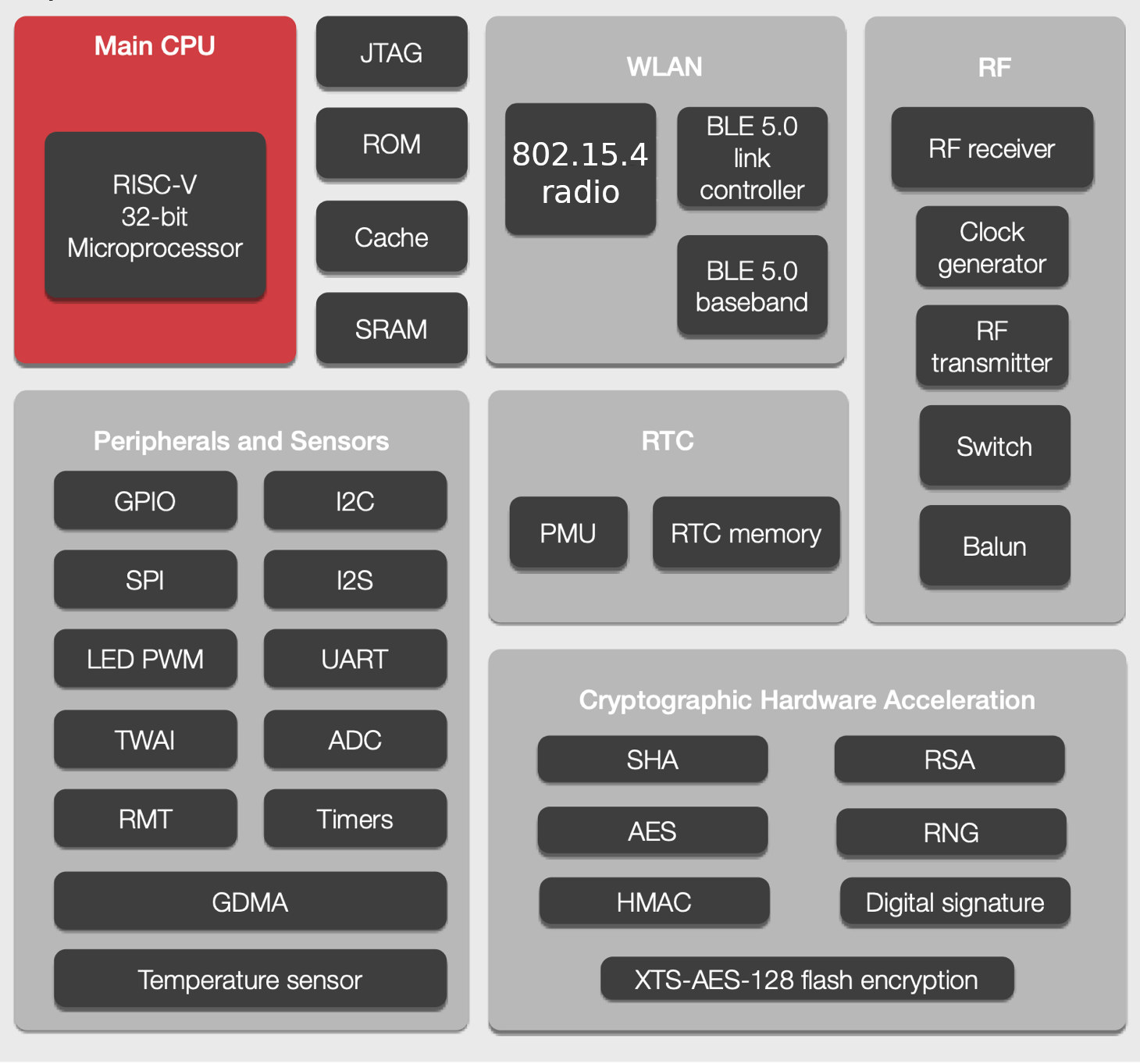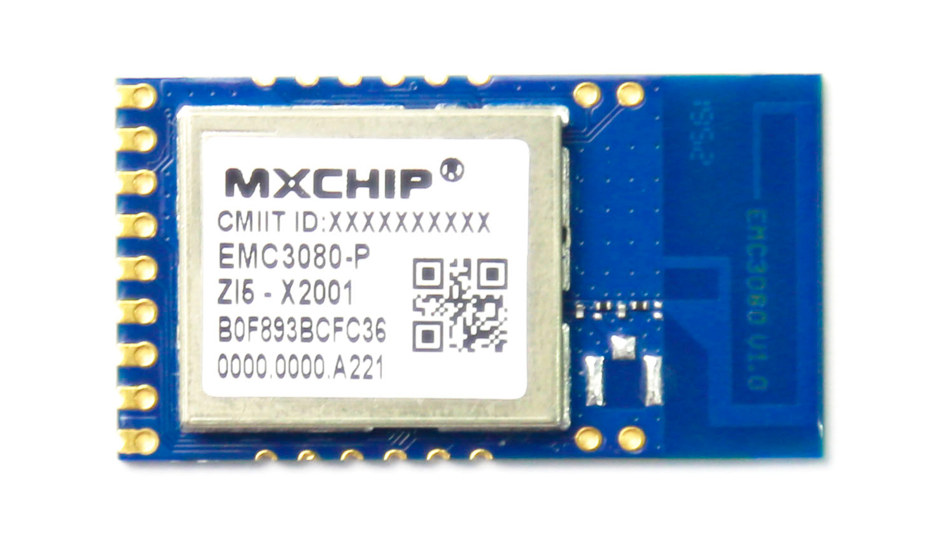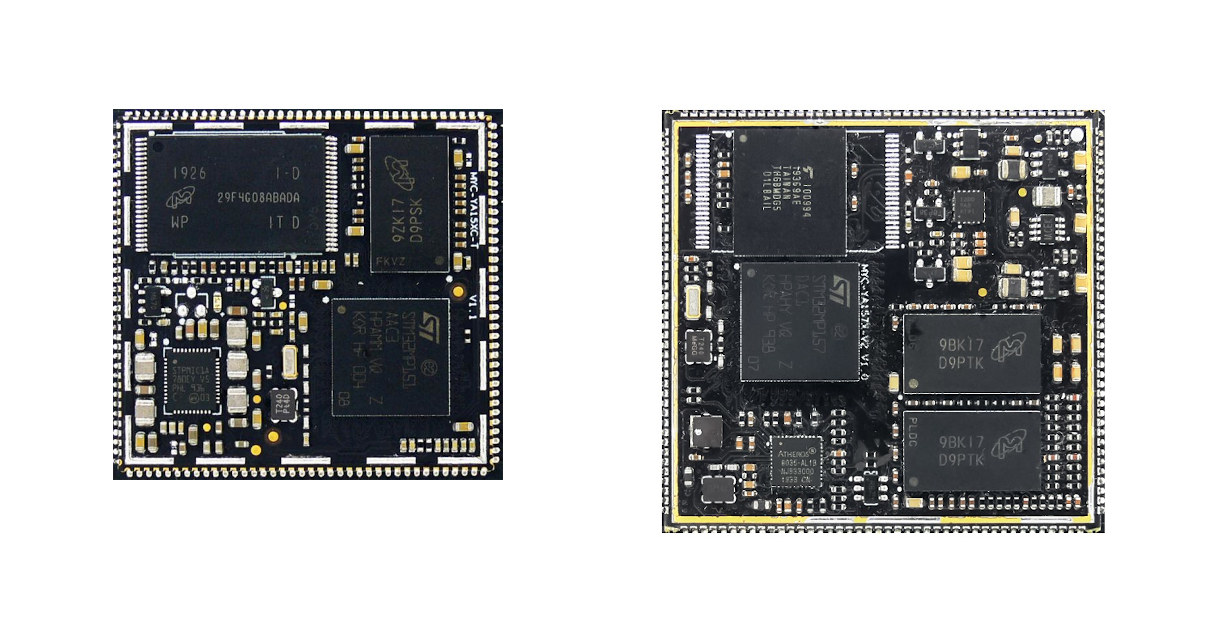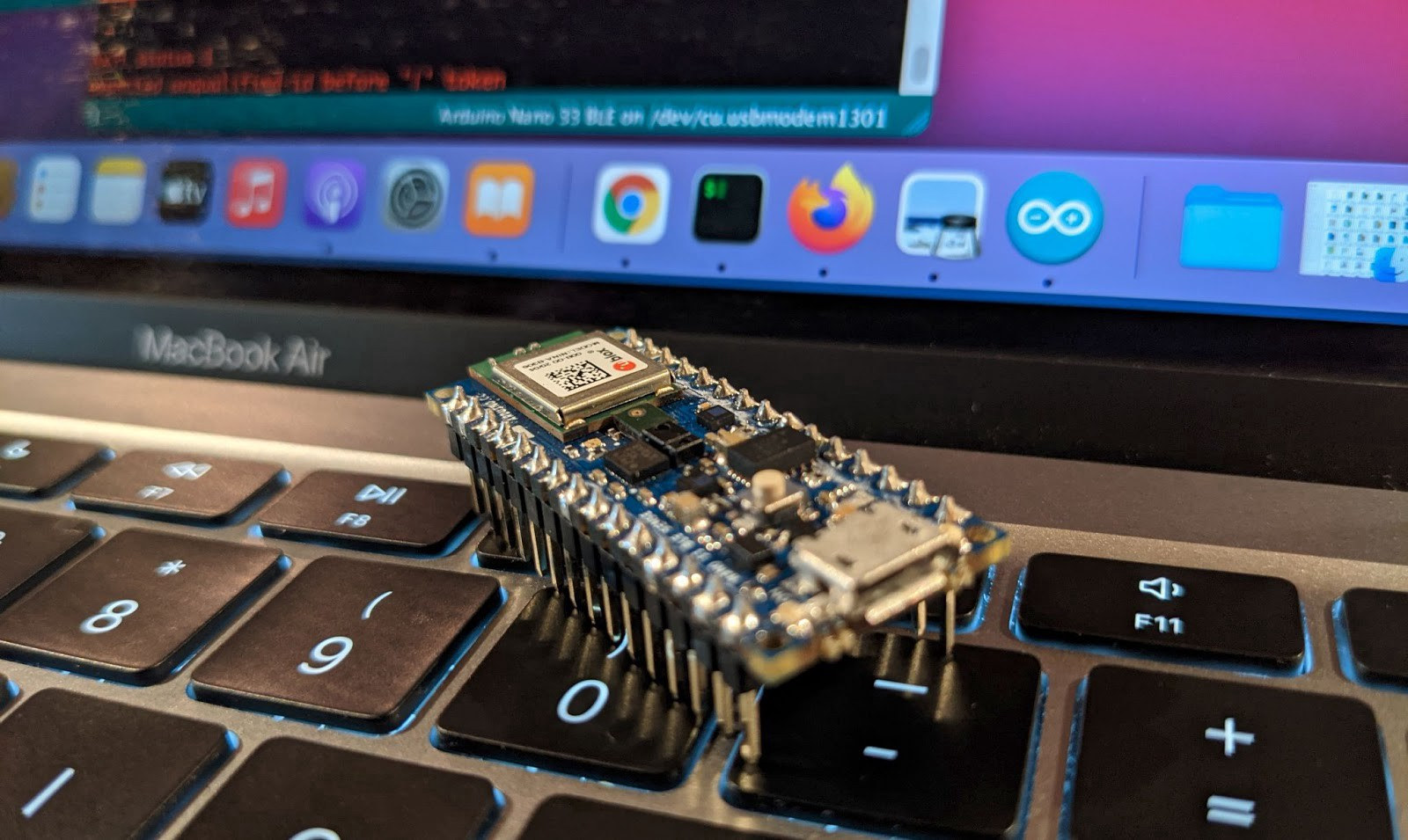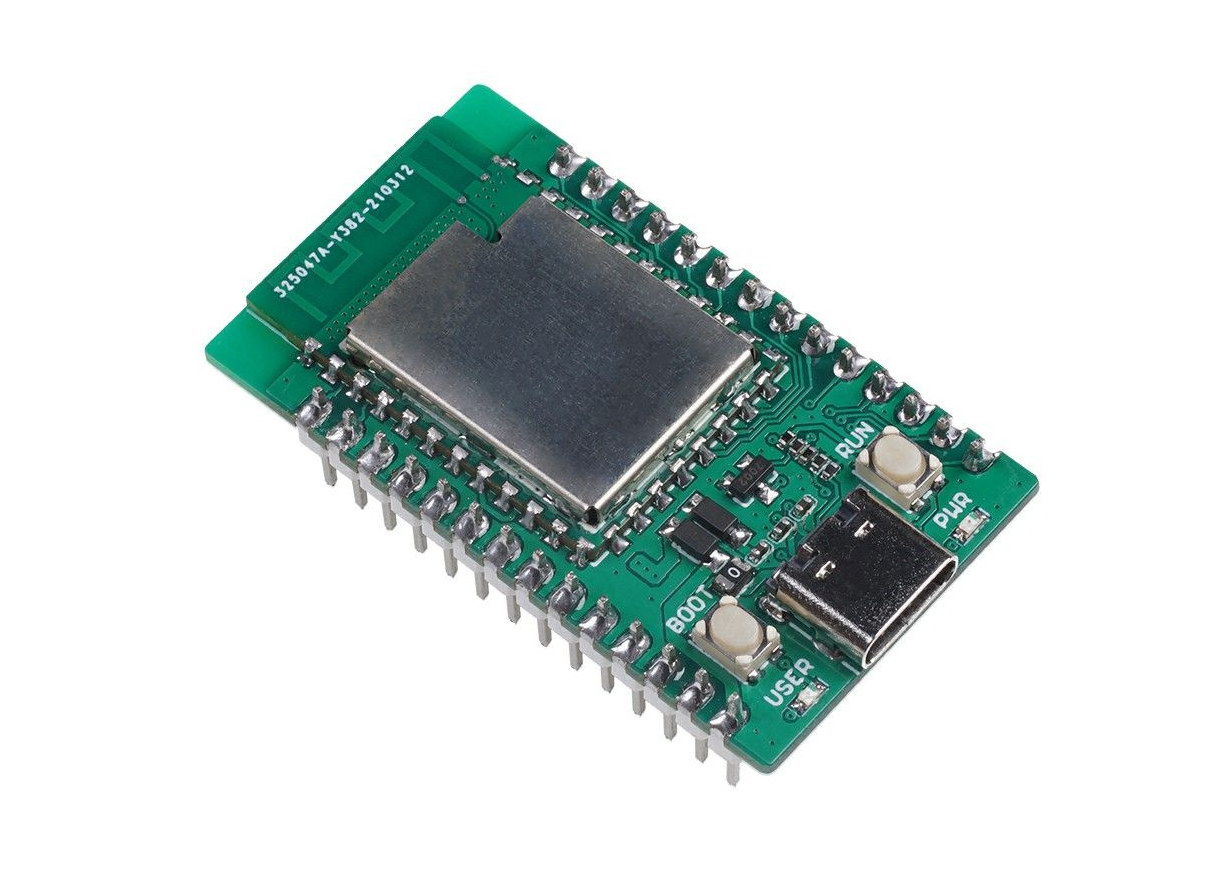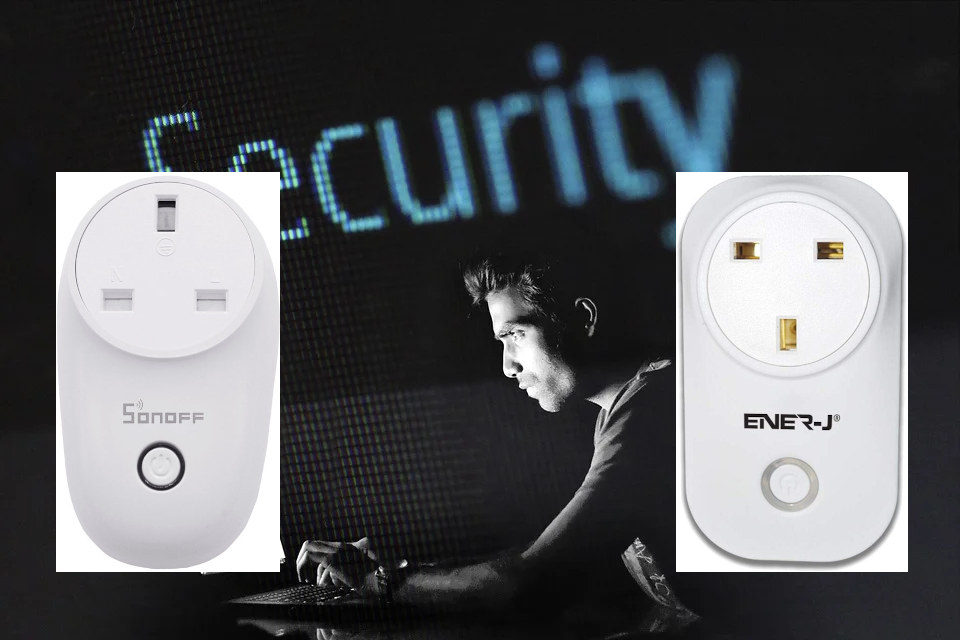SmartBug is a smart switch based on ESP32 wireless SoC, equipped with several sensors to measure temperature, humidity, power usage, and listen to sounds. It is designed to fit neatly into most in-wall sockets found around the world. Each SmartBug relies on mesh networking to communicate with each other and extend the range, WiFi for Internet connection, and Bluetooth low energy (BLE) to control additional devices without the need for any additional hub. SmartBug’s key features: MCU – 32-bit dual-core microcontroller with WiFi, wireless mesh, Bluetooth LE Connectivity 2.4GHz WiFI 4 Wireless mesh to let SmartBug act as a signal repeater Bluetooth 4.0 and BLE to control home appliances Audio Digital microphone for voices commands, baby crying (only enable if the plugin is downloaded in the app). Buzzer On-Off Relay up to 2200W, both AC and DC. Sensors – Temperature & humidity sensor, built-in power meter (current, voltage, and power) […]
ESP32-H2 Bluetooth LE & 802.15.4 RISC-V SoC shows up in ESP-IDF source code
Espressif Systems is working on yet another RISC-V chip with ESP32-H2 SoC offering Bluetooth LE and 802.15.4 connectivity showing up in the ESP-IDF framework source code. A code comparison shows ESP32-H2 is very similar to ESP32-C3 with a single RISC-V core, albeit clocked at up to 96 MHz, and the first Espressif SoC without WiFi, as the WiFi radio is replaced with an 802.15.4 radio for Thread, Zigbee, etc… that can be used for the development of Home Automation, Smart Lighting, and wireless sensor network applications. While looking at the source code differences between ESP32-C3 and ESP32-H2, the really only major differences were the 802.15.4 radio and lower maximum frequency, and at the current time, it looks like most of the rest is unchanged, so it’s possible they kept the same amount of RAM (400KB), storage, and most of the same peripherals, but it could just well be the code […]
$2 MXCHIP EMC3080 WiFi and Bluetooth LE IoT module integrates Cortex-M33 MCU
While nowadays most people from the maker community are working with ESP8266 or ESP32 modules or boards for IoT projects requiring Bluetooth LE and/or WiFi connectivity, we’ve also covered some low-cost alternatives such as Bouffalo Labs BL602 or Realtek RTL8710. MXCHIP EMC3080 module offers yet an alternative with 2.4 GHz 802.11 b/g/n WiFi and Bluetooth LE 4.2/5.0. Where it differentiates against other solutions is that it features a more secure Cortex-M33 core clocked at 100 MHz, as found in UNISOC V5663 and Ameba RTL8722DM wireless SoCs, but still getting a fairly low price tag of $2.35 on Seeed Studio, which drops to $2.10 per pieces for orders of 10 or more units. MXCHIP EMC3080 module specifications: MCU – MX1300CF Cortex-M33 processor at up to 100 MHz with 256KB SRAM, 2MB XIP flash, 384 or 512 bytes OTP memory Connectivity WiFi 802.11 b/g/n 1T1R WiFi @ 2.4GHz Single Frequency HT20 support […]
A Smaller STM32MP1 SoM – Meet MYIR MYC-YA15XC-T CPU Module
MYIR launched a fairly compact SoM and accompanying development board based on STM32MP1 Cortex-A7 microprocessor in January 2020. But apparently, the 45mm by 43mm MYC-YA157C module was too big (or expensive) for some customers, so the company has now designed a smaller STM32MP1 SoM with MYC-YA157C-T measuring just 39mm by 37mm thanks to the removal of the Ethernet PHY. MYC-YA15XC-T STM32MP1 system-on-module Specifications: SoC (one or the other) STM32MP151AAC3 single-core Cortex-A7 processor up to @ 800 MHz with Cortex-M4 core @ 209 MHz STM32MP153AAC3 dual-core Cortex-A7 processor up to @ 800 MHz with Cortex-M4 core @ 209 MHz, and CAN FD interface STM32MP157AAC3 dual-core Cortex-A7 processor up to @ 800 MHz, with Cortex-M4 core @ 209 MHz, 3D GPU, DSI display interface, and CAN FD Two configurations for memory and storage 256MB DDR3L, 256MB Nand Flash, 32KB EEPROM or 512MB DDR3L, 4GB eMMC Flash, 32KB EEPROM 148-pin stamp hole expansion […]
Picovoice offline Voice AI engine now works on Arduino
Last year, I wrote about Picovoice support for Raspberry Pi enabling custom wake-word and offline voice recognition to control the board with voice commands without relying on the cloud. They used ReSpeaker 4-mic array HAT to add four “ears” to the Raspberry Pi SBC. I also tried to generate a custom wake-word using the “Picovoice Console” web interface, and I was able to use “Dear Master” within a few minutes on my computer. No need to provide thousands of samples, or wait weeks before getting a custom wake-word. It’s free for personal projects. But the company has now added Picovoice to Arduino, or more exactly Arduino Nano 33 BLE Sense powered by a Nordic Semi nRF52480 Arm Cortex-M4F microcontroller, and already equipped with a digital microphone, so no additional hardware is required for audio capture. To get started, you’d just need to install the Picovoice Arduino library, load the sample […]
A compact Raspberry Pi RP2040 WiFi board – Meet $12.95 Wio RP2040 mini
Seeed Studio has launched another Raspberry Pi RP2040 WiFi board with the compact Wio RP2040 mini development board that provides a cheaper and more compact alternative to ESP32 based Pico Wireless carrier board and Arduino Nano RP2040 Connect, albeit at the cost of providing fewer I/O pins, and lacking Bluetooth LE. Wio RP2040 mini dev board specifications: MCU – Raspberry Pi RP2040 dual-core Cortex M0+ microcontroller up to 133 MHz with 264 kB of embedded SRAM Storage – 2MB QSPI Flash Memory WiFi – 2.4 GHz 802.11b/g/n WiFi 4 supporting AP & station modes USB – USB 1.1 Type-C host/device port for programming Expansion – 2x 14-pin headers with 20x multifunctional GPIO pins supporting PIO and PWM, 2x UART, 4x ADC, 2x SPI, 2x I2C. Misc – Boot & Reset(RUN) buttons, Power and user (GP13) LEDs Power Supply 5V via USB-C port(default) 3.6-5V via Vin header pin Dimensions – 45.5 […]
Sonoff & Tuya smart plugs found to transmit unencrypted passwords
There are many low-cost smart plugs based on ESP8266 that provide a convenient way to control lights or home appliances with your smartphone. But cybersecurity firm A&O IT Group found vulnerabilities in ITEAD’s Sonoff S26 and Ener-J Wi-fi (Tuya) smart plugs that would allow an attacker to easily access your wireless network. The first security vulnerability is pretty common and hard to exploit since it’s only a concern during the setup. Sonoff S26 starts itself into access point mode with ITEAD-1001xxxxxx SSID, and is set up through the eWelink app with the user not needing to know the password. But with older firmware is was needed, so ITEAD still shares the default password: 12345678 in the user manual, and it can be used to connect to the smart plug by anyone. But once configured, it’s not accessible anymore as the smart plug should be in client mode connected to your […]
The Zigbee Alliance renames to the Connectivity Standards Alliance (CSA), Project CHIP becomes “Matter”
The Zigbee Alliance is/was an organization of hundreds of companies creating, maintaining, and delivering open standards for Zigbee… and other Internet of Things (IoT) standards including Smart Energy, Green Power, JupiterMesh, rf4ce, Dotdot, etc… Since the organization does not reflect its involvement beyond Zigbee, the name has just been changed to the Connectivity Standards Alliance (CSA), and while they were at it they also rebranded “Project CHIP” (Connected Home over IP) to “Matter”, maybe because “connectivity standards matter!” 😉 There’s also a new website csa-iot.org but it may not have complete information just yet, and they invite you to access the Full website (https://zigbeealliance.org/about/) for extra details. Nothing much has changed here besides the name. But there’s more to report about Matter. A dedicated website has launched for the new standard, although the code remains under the Project Chip GitHub account at this time. What’s more interesting is that formal […]


